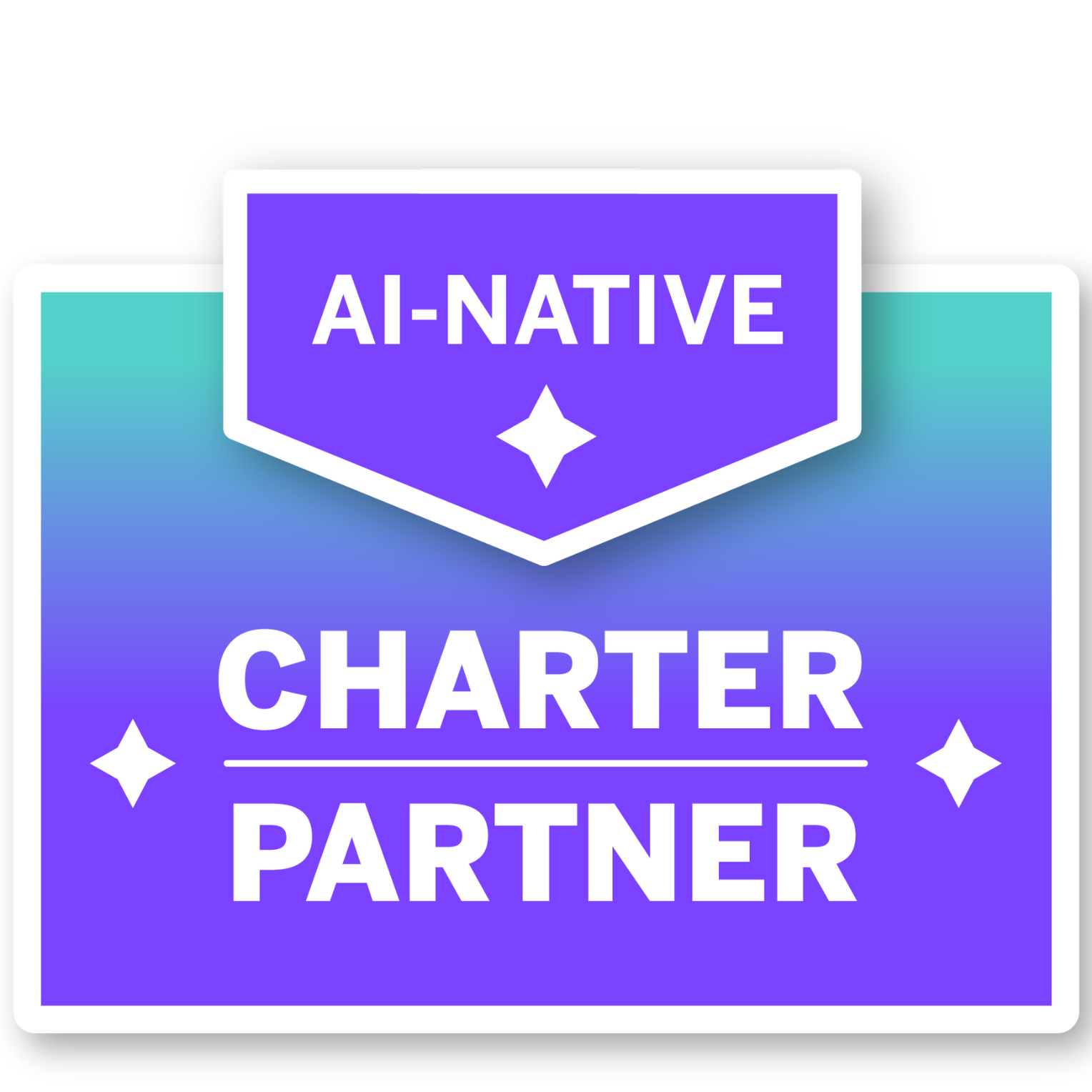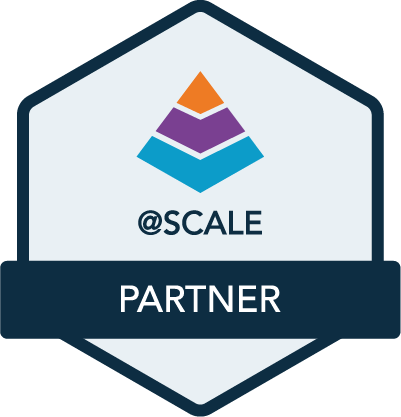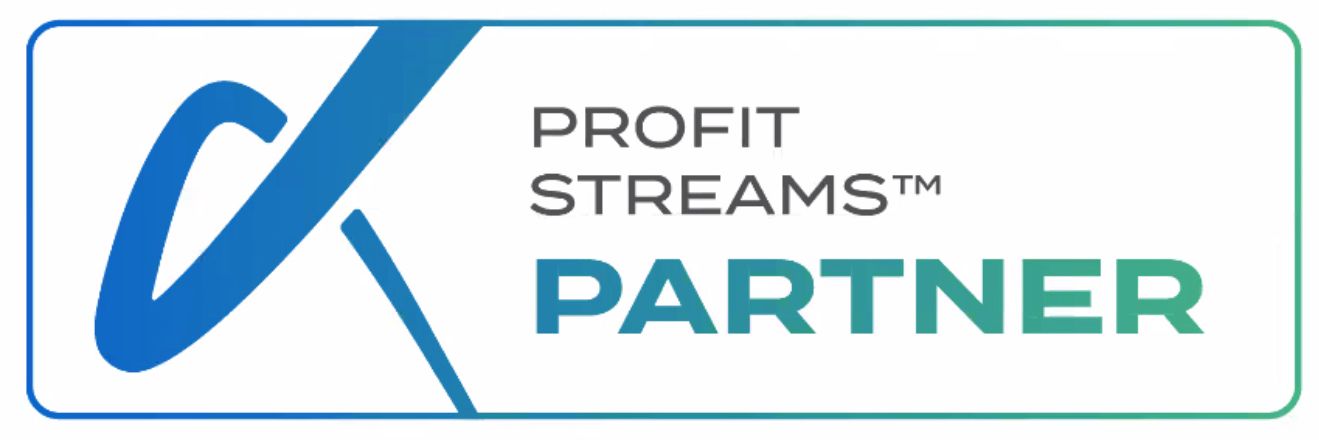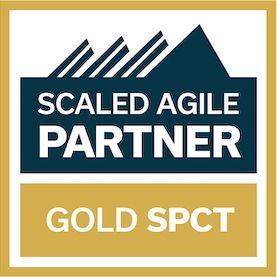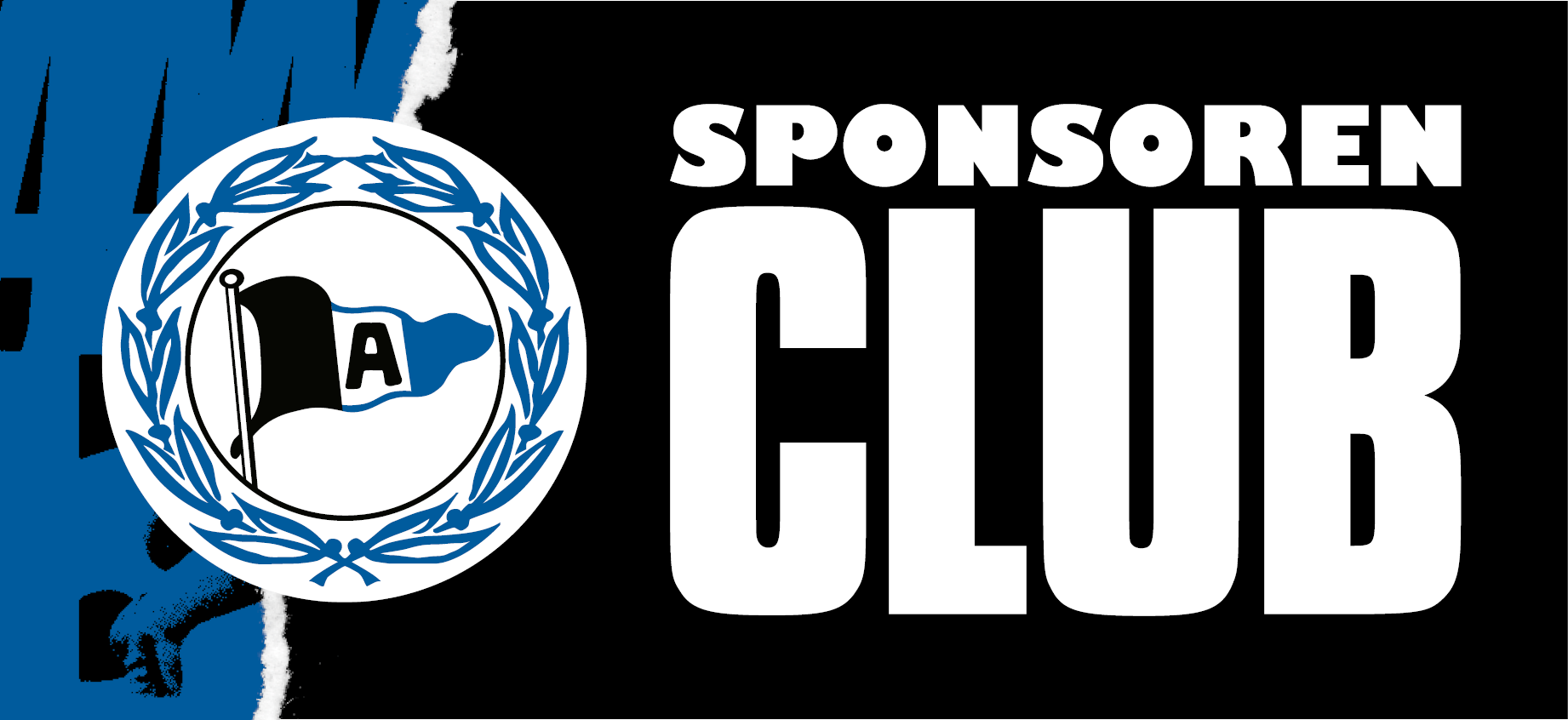
Ian Spence
Scagilize Network Partner (Trainer & Consultant), Advisor & SAFe Fellow
In this final blog in the “Hidden Benefits of LPM” series, we’ll take a quick look at how even the lightest of touch Lean Portfolio Management (LPM) adoptions can produce profound effects in your organization.
In fact, something as simple as a Portfolio Kanban can generate real change in the senior levels of the organization untouched by the move to agile product development.
Start with a Portfolio Kanban
The best place to start any LPM adoption is to set up a Portfolio Kanban to show what ‘big ideas’ are in the funnel, what new ‘initiatives’ are in the pipeline and what ‘significant work’ is already underway.
I always like to start with my favourite Kanban Principles “Start with what you do now” and “Visualize”.
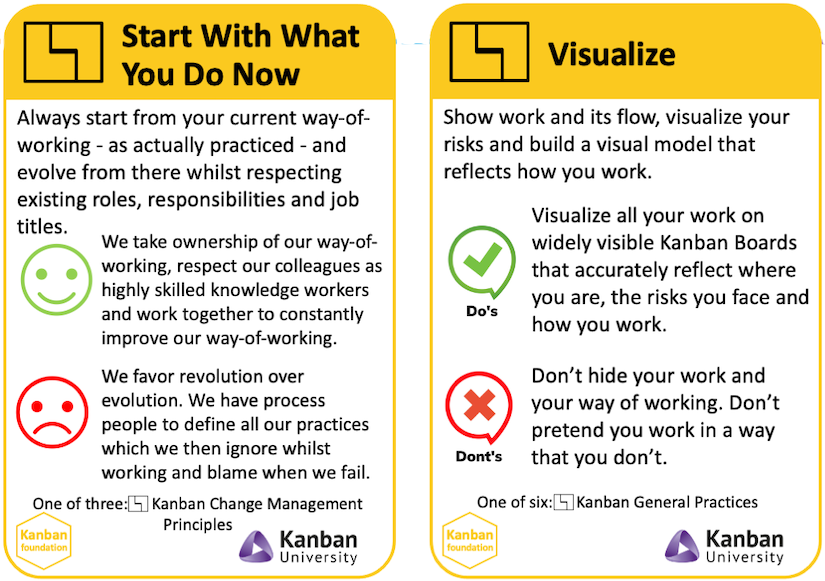
This provides a simple place to start as, to be honest, it doesn’t really matter what the things you place onto the Kanban are – they could be Projects or more SAFe-like Epics – or how they are being conducted – they could be traditional waterfall projects or more agile initiatives. The simple act of visualizing the work and its state is enough to get the conversation started.
When designing your initial Kanban, make sure that it is something that everyone can relate to and that will enable them to intuitively place their work into the right columns.
Some organizations have a well-defined existing way-of-working that they can use to seed their initial Kanban. Others don’t appear to have any process at all and can start from a generic Kanban board layout, such as SAFe’s Example Portfolio Kanban. For example, my personal favourite ‘starter for ten’ board is shown below.

But remember it’s always best to start by visualizing what you do now using the vocabulary of the owning organization, rather than that of some idealized textbook illustration that uses buzzwords no-one really understands.
For example, if (as there was at one of my customers) a series of 7 serial signoffs must be achieved before an ‘Initiative’ can be considered ‘Ready’ it is better to visualize this directly rather than lump it all under the heading of Analysing or Reviewing. Then you can tackle the problem head-on and get the leaders in the organization to directly tackle the issue rather than just letting it pass them by.
Or if, as at many organizations, no-one actually does ‘MVPs’ or ever ‘pivots or perseveres’ then there’s little or no merit in adding these columns. If you do people will just align them to their existing development phases and / or place their tickets in the wrong column.
Let people add their own work wherever they want
Once you have your initial board set up, then just get everyone involved in leading or shaping your 'initiatives' into a room and get them to add everything they’re doing to the board.
Be warned, this may well end up with:
- Many tokens in the wrong place, as no-one really understands the existing policies and guardrails.
- Many duplicates, as different groups of people are working on the same thing, and all want to make their work visible.
- Things on the board that don’t belong on the board, either because they aren’t significant enough to require portfolio supervision or aren’t really part of this portfolio.
- More than you bargained for, as most organizations have way too much work in progress.
It doesn’t matter – you now have a shared visualisation of what’s going on in within the portfolio that will act as a framework to ask follow-up questions and generate improvement actions.
Stand back and watch the leadership behaviour change
You now have a tool to start driving the change and a platform to evolve from the existing portfolio management practices to something more effective. If, that is, you don’t just throw the new Kanban away…
Here are a couple of examples of initial Portfolio Kanbans and what happened next:
1. A global charity with no agile experience
A global charity bringing help, hope and healing to people living in isolation and poverty.
After the initial in-person brainstorm, the tickets were tidied up and the Kanban published as a Mural Board.
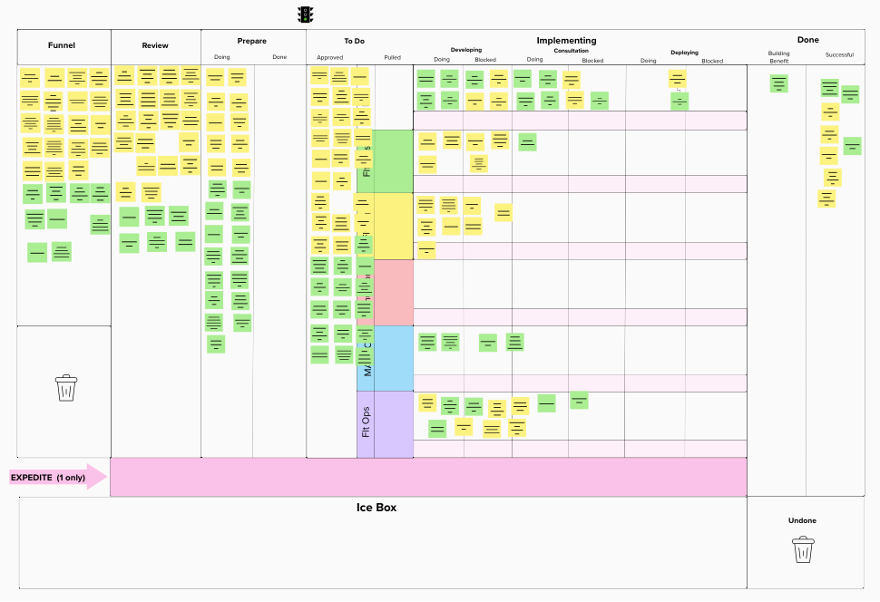
The policies were reviewed and revised, and the positions corrected to represent the true state of the initiatives (with many tickets returning to the funnel or review states).
The whole tone of the conversation immediately started to change – rather than asking ‘when will the next thing start?’ and ‘why isn’t this being worked on?’ the questions became ‘if we want to do this, what will we drop?’ and ‘why are we working on that?’
The simple introduction to the basics of Kanban also led to the team leaders wanting to adopt more agile ways-of-working for their teams.
2. A FinTech company doing agile product development
A FinTech Company with 40,000+ tradable products supporting 25 languages and 1,500+ employees across 60+ nationalities that had been successfully applying Scrum and other agile development practices for 20 years.
Project information was available in Team Foundation Server and other tools, but was not generally visible.
Once a large enough wall was found, an initial Kanban board was quickly set up, which looked a bit like this:

Once set up, the board become the central hub for both the development team leaders to discuss progress and the Business Executive Committee to consider what should be done next.
For the development teams, it made visible the large number of dependencies inherent in the delivery of business value, helped them align to the goals of the business, and improved the collaboration needed to deliver the underlying business outcomes.
For the Business Executive Committee, it enabled a renewed focus on the Top 10 initiatives and quickly led to many of the lower priority and stalled initiatives being cancelled.
The CEO liked the process so much that he introduced a sales and marketing Kanban on the floor below.
Accelerating business agility
Now you have something up and running, you can build on the quick wins provided by the Kanban to start more experiments and drive relentless improvement.
Once the Portfolio Kanban is up and running, it will shine a light on any problems related to:
- Delegation of Authority
- Legacy Processes
- Value Management
- Portfolio Structure
- Strategic Themes
- Guardrails
- Approval Processes
- WIP Limits
- Roles and responsibilities
- And more
Then open the door to full-scale LPM and true business agility. The Kanban itself will evolve, and as it does, so will the underlying organization.
For example, in the case of the FinTech mentioned above, the now visible scatter and tangling inherent in all the most important initiatives led to a desire to restructure the teams. If you want to organize around value, it’s a good idea to understand the flow of value first.
Don’t try to eat the elephant whole
Although one or more of the strategic problems that a full Lean Portfolio Management implementation will address is often the elephant in the room, it is generally not a good idea to try to eat the elephant whole.
Before you start identifying value streams, reshaping the portfolio, examining the strategic themes, revolutionizing the budgeting process, battling with the PMO or redefining everybody’s role, just simply visualize the work, monitor where the effort is going and start to refine the policies and events.
One of my favourite milestones in any LPM adoption is the first time that, rather than approving more new initiatives, some of the existing ones are cancelled. This generally happens within a couple of months of the Kanban being set up.
It’s amazing what these first tentative steps towards LPM can achieve, as the following testimonials from the second customer mentioned above show:
“We have never seen this level of transparency before”
– Executive Team Member
“I never had an appreciation for the complexity involved”
– Executive Team Member
“What is the impact if we want to get it done this quarter?”
- Head of Business Management
“There are less corridor conversations”
– Head of Business Development
“For the first time ever, we are stopping projects”
– Head of IT Programs and Projects
These were the first changes in the leadership culture in 20 years of successful agile product development.
So, remember that the leadership are all knowledge workers doing their best, treat them with the respect and empathy they deserve and start by providing them with some simple tools – tools that build on what they know - to kick-start their lean and agile journey.
The Kanban University cards practices shown in this blog, part of the set of Kanban Essentials Essence practices, are freely available from:
ivarjacobson.com/kanban-cards#cards
Watch our latest recorded LeanAgileLunch webinar
(just click on the picture)




